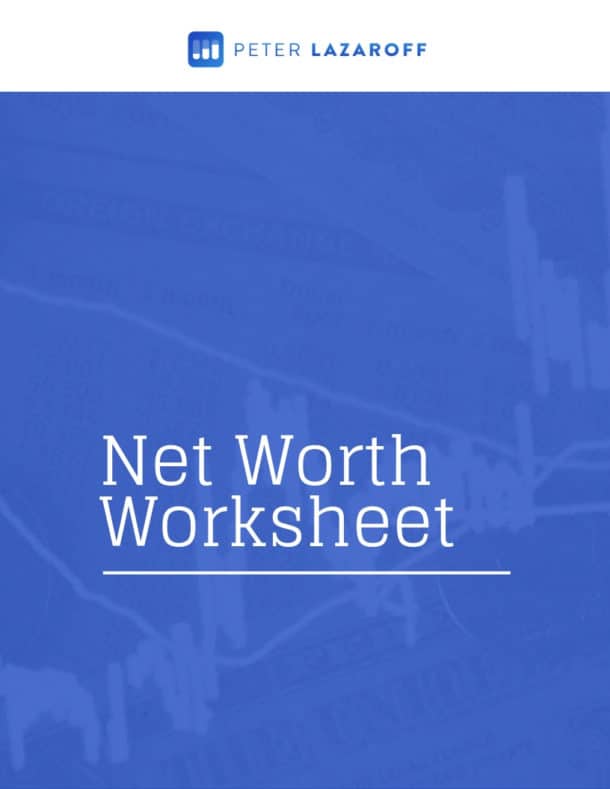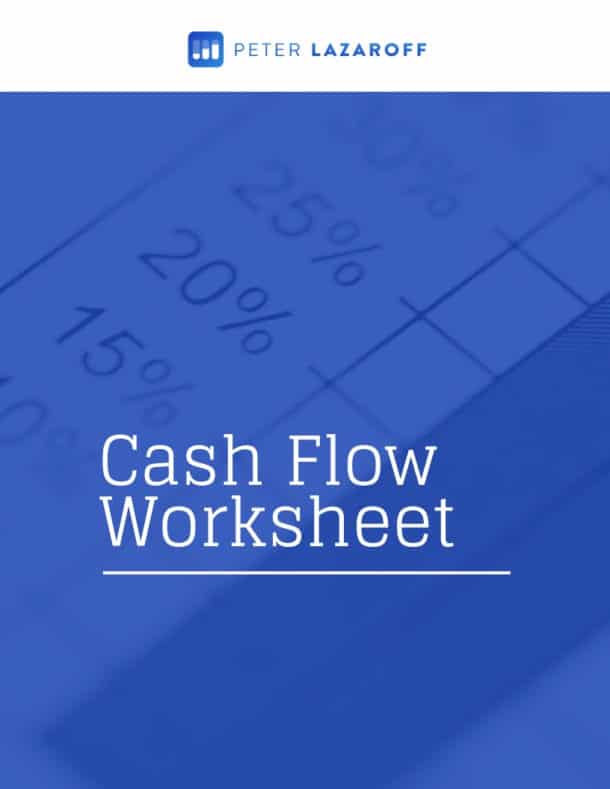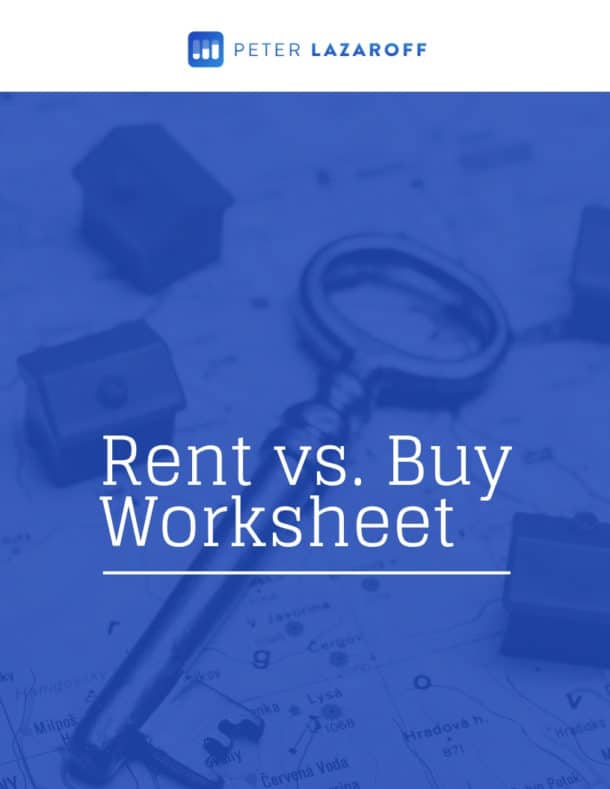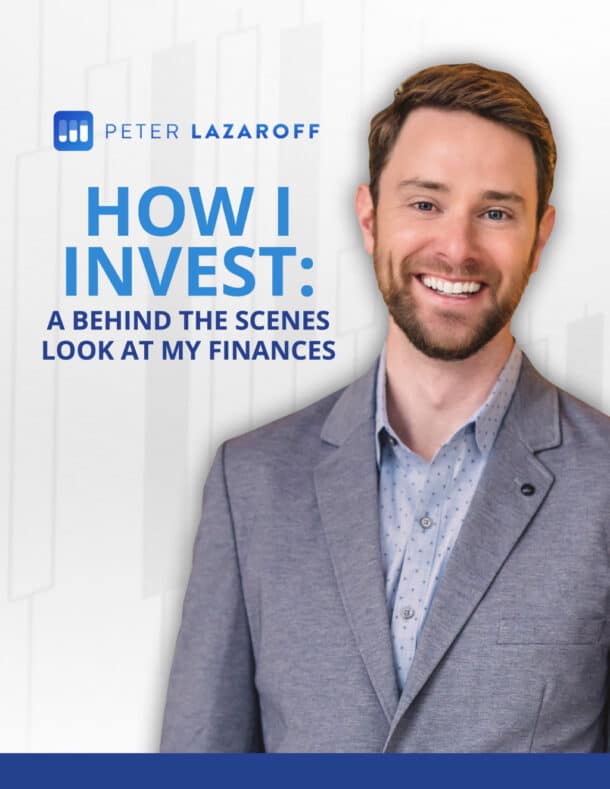Watch Now
Listen Now
Today I’m joined by Marlena Lee, Global Head of Investor Solutions at Dimensional Fund Advisors, to unpack a significant development: ETF share class exemptive relief.
Dimensional filed for SEC exemptive relief in July 2023 to offer ETF share classes on existing mutual funds. Recently, the SEC indicated its intent to grant that relief.
Why does this matter to you?
A portfolio that can be access by either an ETF or mutual fund creates tax and trading flexibility inside the portfolio, potentially improving investor outcomes.
In this episode, we dig into how mutual fund and ETF mechanics differ, why in-kind redemptions drive tax outcomes, and how a dual-access portfolio(one portfolio with both mutual fund and ETF share classes) can benefit both sets of investors.
These are my notes from our conversation…
Sign up for my newsletter so you can easily reply to my emails with your thoughts or questions for the podcast:
Why “Share Class Exemptive Relief” Matters (And Why Investors Should Care) (03:18)
Dimensional filed for SEC exemptive relief in July 2023 to offer ETF share classes on existing mutual funds. Recently, the SEC indicated its intent to grant that relief. Why does this matter to you? Because a single underlying portfolio could be accessed two ways—as a mutual fund or an ETF—without splitting assets across separate sleeves.
That structure can create tax and trading flexibility inside the portfolio, potentially improving investor outcomes. The punchline: more efficient rebalancing, more precise cash-flow management, and better control over embedded gains—all from the same investment engine.
How Mutual Funds And ETFs Handle Your Money—And Why That Changes Your Taxes (05:37)
Mutual funds (the “cash in, cash out” model).
You buy or sell at a single price set after the market closes (the end-of-day NAV). When lots of investors want cash, the fund often has to sell stocks inside the fund to raise that cash. Selling can create capital gains. Those gains are then distributed to everyone who’s still in the fund—even if they didn’t sell anything.
ETFs (the “basket” model).
Most ETF trading happens between investors on an exchange, like a stock. When there’s a big mismatch—more new money coming in or more money leaving—special middlemen (called authorized participants) step in. They swap baskets of stocks with the ETF:
- To create new ETF shares, they deliver a basket of stocks to the ETF.
- To redeem ETF shares, they take a basket of stocks out of the ETF.
The key wrinkle here is with redemptions. On redemptions, the ETF can choose which stocks go in the basket. It usually picks the ones with the biggest built-in gains. Because the ETF is handing those stocks out instead of selling them, it doesn’t realize capital gains inside the fund. That’s why ETFs are often more tax-friendly.
A mutual fund can sometimes use in-kind redemptions the way ETFs do—but it’s far less common. That’s why the ETF approach tends to be more tax-efficient in practice.
But if you have a portfolio that has both a mutual fund and an ETF share class, the ETF basket process can help control taxes for both sets of investors over time.
Why The SEC’s “Exemptive Relief” Is A Big Deal: One Portfolio, Two Doors—And Better Tax Control (10:26)
The SEC signaled it intends to grant exemptive relief that lets Dimensional offer an ETF share class on certain existing mutual funds. In plain English: the same pool of stocks could be accessed two ways—as a mutual fund or as an ETF. That single, shared portfolio gives the manager more tools to handle money coming in and out and to manage taxes more precisely.
It’s a win for the manager (more flexibility to run the strategy) and for investors (more ways to keep taxes in check without changing what you actually own).
How the extra tool helps inside the portfolio:
- When the ETF side needs to create shares, Dimensional can ask authorized participants to deliver baskets of stocks the portfolio wants more of (think: names with higher expected returns).
- When the ETF side needs to redeem shares, Dimensional can hand out stocks it wants to trim—often the ones with the biggest built-in gains. Because those stocks are delivered out instead of sold, the portfolio avoids realizing capital gains inside the fund.
- Meanwhile, mutual fund cash flows (dividends, contributions, redemptions) give the team another way to rebalance with cash when that’s the cleaner route.
So why should mutual fund investors care, especially if they don’t ever plan to touch an ETF?
Adding an ETF share class gives the manager another path to move appreciated positions out of the portfolio without selling, which can reduce capital-gain distributions over time. You could stay in the mutual fund and still benefit from the shared tax management happening inside the one portfolio.
If you’re an investor in a new ETF share class of a long-running mutual fund, the benefit of this exemptive relief is that the ETF doesn’t start life as a tiny fund. It inherits the scale of the mutual fund—so you get broad diversification on day one, the ability to spread fixed costs over more assets, and typically a more robust platform for things like securities lending. You’re plugging into an established engine rather than a brand-new one.
ETF vs. Mutual Fund: When Costs And Taxes Converge, Let Trading Style Decide (17:00)
As fees line up and tax efficiency looks similar across the two wrappers of the same portfolio, the choice between an ETF and a mutual fund mostly comes down to how you like to trade and what fits your accounts.
A mutual fund is the simpler, hands-off route. You place an order and get the end-of-day NAV, with the fund’s trading desk handling execution behind the scenes. There’s no worrying about bid-ask spreads, order types, or timing your trade during a choppy session. For investors who prefer to set it and move on—or who use account types that don’t allow ETFs—this “one price per day” experience is often the most comfortable.
An ETF offers intraday control. You can trade throughout the day, use limit orders, and align rebalancing across multiple ETFs in a model portfolio. That flexibility comes with “invisible” trading costs: bid-ask spreads (which can widen in volatile markets) and occasional pricing noise around the open, the close, or during headlines. Good hygiene helps—check the spread, use limit orders, and avoid the most frantic minutes of the trading day when you can. If conditions look disorderly, sometimes the best move is to wait.
Practically speaking, if you don’t want to think about when or how to place a trade, a mutual fund likely fits better. If you value intraday control and already work with ETF models, an ETF may be the cleaner tool. Because the underlying portfolio can be the same, either path can work well; pick the wrapper that matches your trading habits, account rules, and operational workflow. When costs and taxes no longer drive the decision, convenience and fit do.
Not Every Fund Should Add An ETF Share Class—And Why Scale And Long Track Records Matter (23:30)
As more firms seek SEC permission to offer ETF share classes, it’s worth saying out loud: not every mutual fund is a good candidate. Some strategies carry features that don’t translate well to the “one portfolio, two doors” setup. For example, a stock-picking fund that keeps a lot of cash on hand so it can drip into a few favored names may not mesh with the way ETFs create and redeem shares using baskets of stocks. High cash levels can also dull returns and complicate the mechanics that make ETFs tax-friendly. Another red flag is a mutual fund with a poor tax history. When an ETF share class launches, it inherits the mutual fund’s tax profile. If the fund has large embedded gains or has a habit of distributing capital gains, the brand-new ETF share class won’t magically fix that on day one.
Dimensional built its application around these realities. Marlena noted they run broadly diversified, low-turnover portfolios with deep capacity and typically low cash exposure, and they committed to board reporting that helps ensure both share classes are treated fairly. The board’s job is straightforward: only use the ETF basket and mutual fund cash-flow tools when they benefit the whole portfolio—not one group of shareholders at the expense of the other. That oversight matters as this structure spreads; investors will need to look past the wrapper and judge how the underlying portfolio is actually managed.
Scale and history also play a big role. Tiny, stand-alone ETFs are the ones most likely to close or merge in their first few years. An ETF share class attached to an established mutual fund starts life with the fund’s asset base, which lowers the odds of an early shutdown and gives you broad diversification from day one. Just as important, the ETF share class carries over the mutual fund’s performance record, so you can study how the strategy behaved across different markets rather than guessing from a fresh, two-year chart.
Marlena mentioned Dimensional has amended prospectuses for 13 U.S. equity mutual funds to allow ETF share classes—priorities and order still to come—with U.S. equities first because the plumbing is simpler. One of those candidates is Dimensional’s micro-cap strategy, which would give an ETF share class a track record reaching back to 1981. That kind of history is rare in ETF land and makes due diligence far more concrete.
The takeaway is simple. As exemptive relief opens the door for more “dual-access” portfolios, don’t assume “ETF” automatically means tax-efficient or superior. Ask how the manager uses cash, how they’ve handled taxes in the mutual fund, whether the strategy has the capacity to run at scale, and how long the record runs. Costs and wrappers will look more alike; process and discipline will be what separates the good from the rest.
SMAs vs. Funds: When Direct Ownership Adds Real Value (33:34)
Mutual funds and ETFs pool everyone’s money and trade inside a shared portfolio. A separately managed account—an SMA—works differently. You own the individual stocks directly in your account while a manager runs the strategy on top. The holdings sit in your name, not in a commingled fund. That one change opens the door to tax work a pooled vehicle can’t easily do.
Marlena explains that most Dimensional SMAs are built for tax management first. If you have a large, low-basis position—think company stock you’ve held for years—the SMA can take that position in and trim it gradually, creating offsetting tax losses elsewhere in the account so you’re diversifying without detonating a big tax bill. Because the SMA holds hundreds or thousands of individual names, there are simply more places to harvest small losses as markets wiggle. Over a year, those small losses can add up to a meaningful shield against gains from sales, rebalancing, or outside income.
Direct ownership also allows customization that’s hard to do inside a fund. You can ask the manager to avoid a name or sector (useful for executives with trading restrictions or for investors with specific preferences) while the portfolio still targets the same broad market exposures. You can manage around executive-comp grants, a legacy position you can’t sell all at once, or a business owner’s stock that needs to be reduced on a schedule. Under the hood, the manager is swapping like-for-like names so the account stays invested while losses are realized along the way.
SMAs aren’t a fit for everyone. They usually require higher minimums and come with more moving parts—more tax lots, more trading, and a need for tight coordination between the manager, custodian, and tax professional. Results can also deviate a bit from a fund tracking the same slice of the market because the SMA is harvesting losses and working around your constraints. That “tracking drift” is the cost of personalization and tax control, and it needs to be managed by a team that does this every day.
If your taxable accounts are straightforward and you don’t have big embedded gains, a mutual fund or ETF is often the cleanest solution. But if you’re staring at a concentrated, low-basis position, or you regularly realize gains and need a place to harvest losses without stepping out of the market, the SMA structure can be the right tool. It lets the manager solve your tax and diversification problems directly—security by security—while still pursuing the same return drivers you’d expect from a well-run fund.
Resources:
- Learn more about Dimensional Fund Advisors
- Connect with Marlena Lee
The Long Term Investor audio is edited by the team at The Podcast Consultant
Submit Your Question For the Podcast
Do you have a financial or investing question you want answered? Submit your question through the “Ask Me Anything” form at the bottom of my podcast page.
Support the Show
Thank you for being a listener to The Long Term Investor Podcast. If you’d like to help spread the word and help other listeners find the show, please click here to leave a review.
I read every single one and appreciate you taking the time to let me know what you think.
Free Financial Assessment
Do you want to make smart decisions with your money? Discover your biggest opportunities in just a few questions with my Financial Wellness Assessment.

Disclosure: This content, which contains security-related opinions and/or information, is provided for informational purposes only and should not be relied upon in any manner as professional advice, or an endorsement of any practices, products or services. There can be no guarantees or assurances that the views expressed here will be applicable for any particular facts or circumstances, and should not be relied upon in any manner. You should consult your own advisers as to legal, business, tax, and other related matters concerning any investment.
The commentary in this “post” (including any related blog, podcasts, videos, and social media) reflects the personal opinions, viewpoints, and analyses of the Plancorp LLC employees providing such comments, and should not be regarded the views of Plancorp LLC. or its respective affiliates or as a description of advisory services provided by Plancorp LLC or performance returns of any Plancorp LLC client.
References to any securities or digital assets, or performance data, are for illustrative purposes only and do not constitute an investment recommendation or offer to provide investment advisory services. Charts and graphs provided within are for informational purposes solely and should not be relied upon when making any investment decision. Past performance is not indicative of future results. The content speaks only as of the date indicated. Any projections, estimates, forecasts, targets, prospects, and/or opinions expressed in these materials are subject to change without notice and may differ or be contrary to opinions expressed by others.
Please see disclosures here.
















